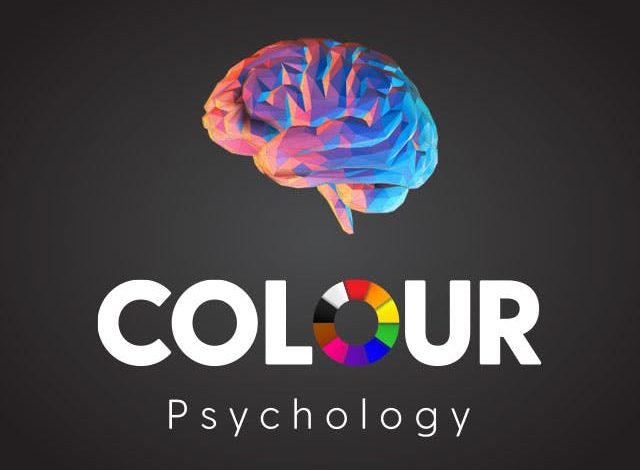The art of storytelling has been a fundamental part of human culture for thousands of years
We now have more ways to tell stories than ever before. Video has become one of the most powerful tools for storytelling, allowing creators to combine visuals, sound, and motion to create compelling narratives. In this article, we’ll explore the art of storytelling through video and how you can use it to engage and captivate your audience.
-
Start with a strong concept
Every great story begins with a strong concept, and the same is true for video storytelling. Whether you’re creating a documentary, a short film, or a promotional video, your concept should be the foundation of your story. Consider what message you want to convey, what emotions you want to evoke, and what story you want to tell.
-
Develop your characters
Characters are a vital part of any story, and video is no exception. Your characters should be relatable and engaging, with clear motivations and personalities. Whether you’re working with actors or real people, take the time to develop their backstories and personalities to make them feel like real individuals.
-
Use visual storytelling
Video is a visual medium, and visual storytelling is one of the most effective ways to engage your audience. Consider using a mix of shots and camera angles to convey emotion and create a sense of atmosphere. Use lighting, color, and sound to enhance the mood and tone of your story.
-
Pay attention to pacing
Pacing is essential in video storytelling. It’s important to keep your audience engaged without overwhelming them with too much information or too many visuals. Use pacing to build tension, create emotional impact, and keep your audience invested in your story.
-
Incorporate sound design
Sound design is an often overlooked but crucial part of video storytelling. Sound can evoke emotion, create atmosphere, and enhance the mood of your story. Use music, sound effects, and voiceover to enhance the narrative and add depth to your characters.
-
Edit for impact
Editing is where the magic of video storytelling happens. This is where you can fine-tune your story, add visual effects, and create a cohesive narrative. Consider the pace, the tone, and the overall message of your story as you edit. Use cuts, transitions, and other editing techniques to create a dynamic and engaging video.
-
Share your story
Once you’ve created your video story, it’s time to share it with the world. Consider the best platform for your video, whether it’s social media, your website, or a film festival. Use keywords and descriptions to make your video easy to find, and engage with your audience through comments and social media.
In conclusion, video storytelling is a powerful tool for engaging and captivating your audience. By starting with a strong concept, developing your characters, using visual storytelling, paying attention to pacing, incorporating sound design, editing for impact, and sharing your story, you can create videos that leave a lasting impression on your audience. Whether you’re creating a promotional video for your business or a short film for a festival, the art of storytelling through video is a powerful tool for connecting with your audience and sharing your message with the world.


